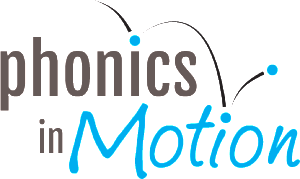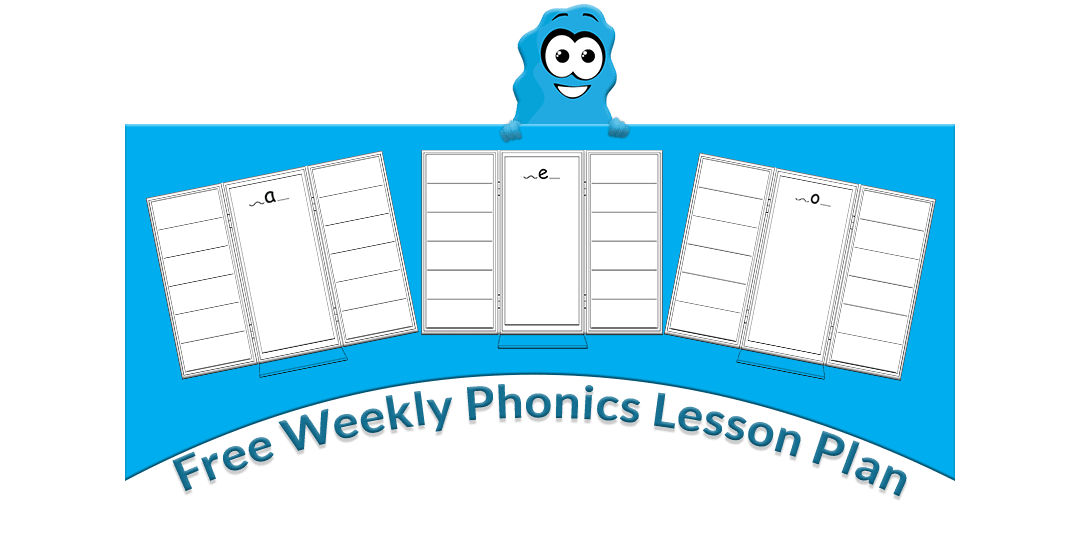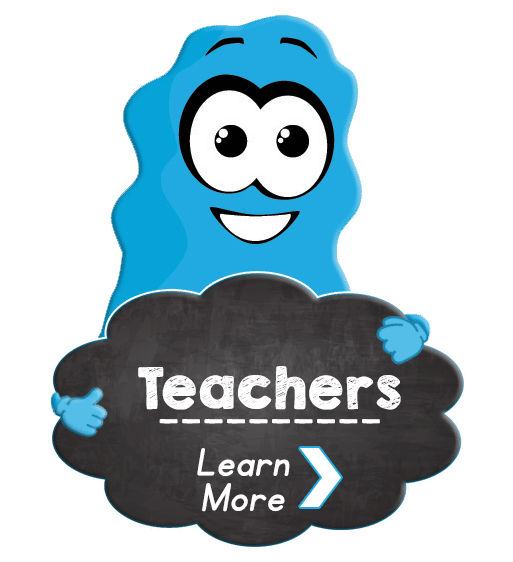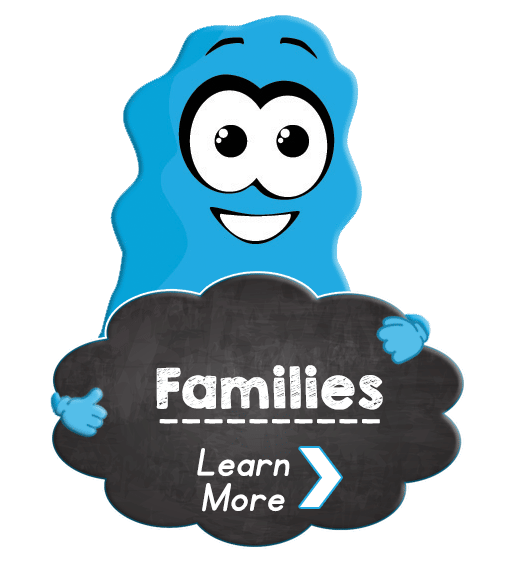Reading Fluency: What It Is & Why It Matters
Reading fluency is one of the most essential yet challenging components of early literacy. Yet, many parents and teachers do not understand it well, sometimes thinking that reading fluency is a matter of how fast a child can read.
This is far from the truth! Reading fluency goes much deeper than speed. It has to do with how well you understand the text and how well you can relate to what you read.
When most of us think about reading fluency, we envision a child sitting at a desk with a teacher who uses flashcards to introduce letters and sounds.
But the research shows that students learn best when they are actively engaged and having fun.
What is Reading Fluency?
By reading fluency, we mean being able to read quickly, smoothly, and automatically. This is absolutely essential for children to be able to concentrate on what a text means rather than having to think about decoding it word by word.
When you’re speaking aloud, you don’t pronounce words one-by-one – you chunk them together into phrases and sentences. Learning to read fluently helps children do the same with written text. It also means they are able to focus their attention on what’s happening in a story or on how a piece of information will help them with another task.
Children need to be able to read quickly enough that they can focus on what the text means instead of decoding words. To do this, they must have a strong foundation in phonics and an understanding of how sentences work.
They are able to read with expression and understanding, even if they do not know every word in a text. While fluent readers will occasionally come across a new word or phrase they do not know, they can easily figure out the meaning from context clues.
Reading fluency and comprehension are closely linked. Improving reading fluency can also improve comprehension. To help your child become a more fluent reader, you can focus on teaching all skills in a connected manner.
How To Teach Reading Fluency
Teaching reading fluency doesn’t have to be difficult. In fact, most teachers are already doing a lot of the right things in their classrooms. They just need to make adjustments to ensure all their students become fluent readers!
Comprehensive phonics instruction is the best way to teach reading. By improving the accuracy of word recognition, children rapidly improve in all areas of literacy. This is especially important for young readers. Beginner readers often do not have the background knowledge to understand the text.
When students decode using phonics, they sound out each letter or letter combination. They then blend the sounds together to read the word. For example, when sounding out “c-a-t,” a student will pronounce each sound and then blend each sound together.
This process helps students see how letters map to sounds, building vocabulary and ensuring word recognition.
Decoding with phonics has also been shown to help struggling readers as well as English language learners (ELLs). It is especially important for learning vowel sounds.
Reading Fluency Challenges
Reading fluency includes reading with expression or feeling. That last part is crucial! We want children to bring words to life as they read, not just sound out each word robotically. That’s why modeling with expression is so important when trying to build reading fluency in young readers.
Modeling with expression requires you to use intonation and pitch changes. For young students, intonation and pitch changes may seem unnatural at first. That’s why modeling first is so important. They’ll begin to understand how it works and will soon start using it on their own in play and learning!
When readers have to struggle to figure out words, they can’t focus on the story or information in front of them. It’s like trying to drive a car while also having to figure out how the gas pedal and brakes work — it’s just too much at once!
A student who struggles with this process may be able to sound out words letter by letter, but the process will be slow and boring. The student may have trouble remembering whole words or what comes next in a sequence of words. The student will be distracted by the effort needed and will have difficulty understanding the content.
If kids struggle with reading fluency, they will often get frustrated and give up on reading altogether.
How Phonics in Motion Helps
Phonics in Motion uses kinesthetic movements for each phoneme, which anchor the phonemes in muscle memory. This helps reading fluency because students can quickly and smoothly recall words. This allows them the ability to focus on comprehension and vocabulary building.
The trick is to make it fun and not too complicated. The younger the students are, the simpler the movements should be. The goal is to create a direct link between each letter sound and action that prompts recall of that sound.
When you sequence such movements together for different phonemes, you create a story that is easy to recall. It also anchors each sound to its corresponding letter or blend. The story becomes more meaningful when students learn to read it with their bodies as they say it aloud.
Making these connections will help children learn to read in a much easier way.
Ready To Get Started With Phonics in Motion?
Phonics in Motion is a unique way to incorporate phonics and early literacy into your child’s life. We provide a fun, engaging way to teach kids how to read and write. Phonics in Motion uses the principles of kinesthetic learning. The focus is always on helping kids learn through authentic, multi-sensory experiences.
We know that children learn in different ways. Phonics in Motion lessons are designed to meet the needs of every learner. Check out our early literacy programs for teachers and parents for more resources!







